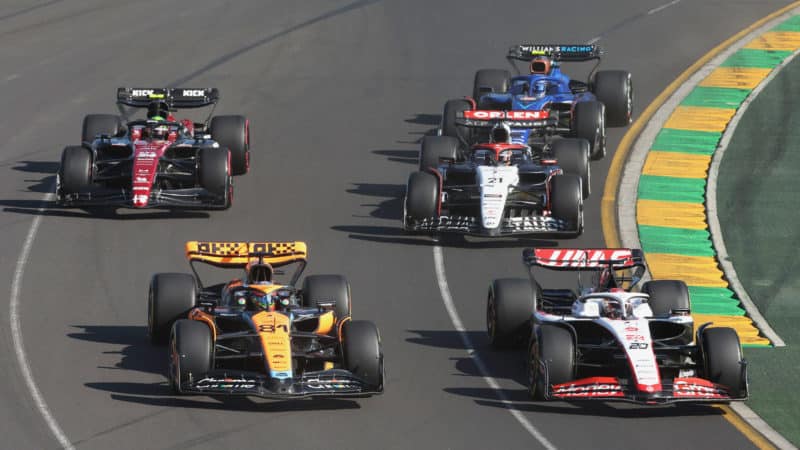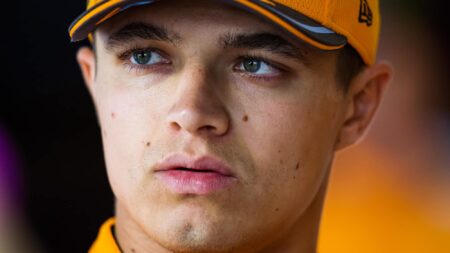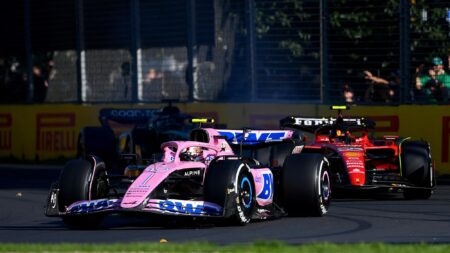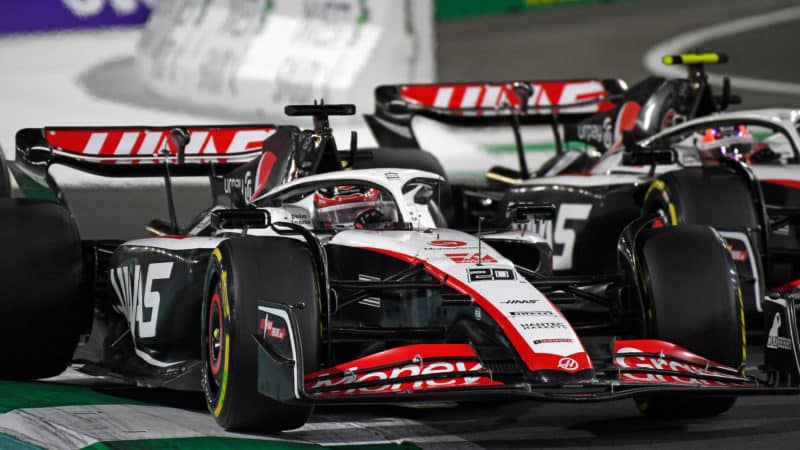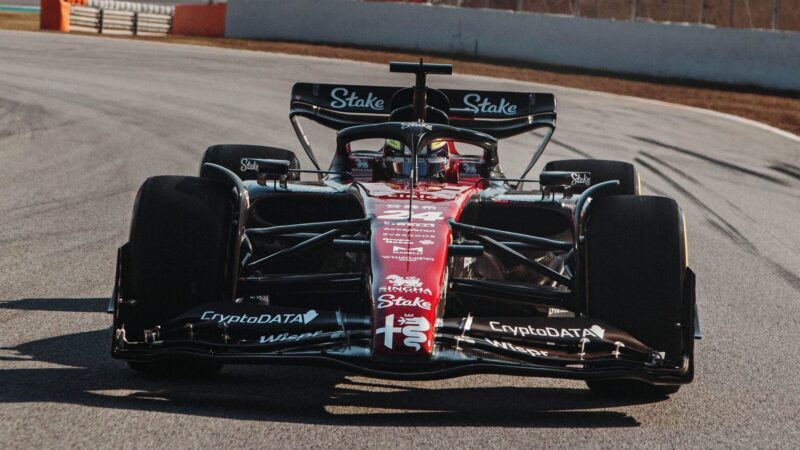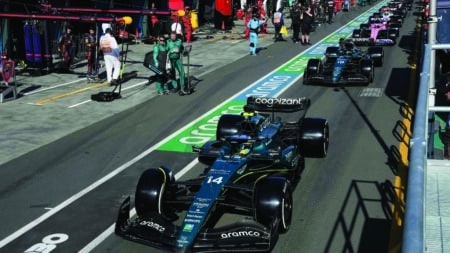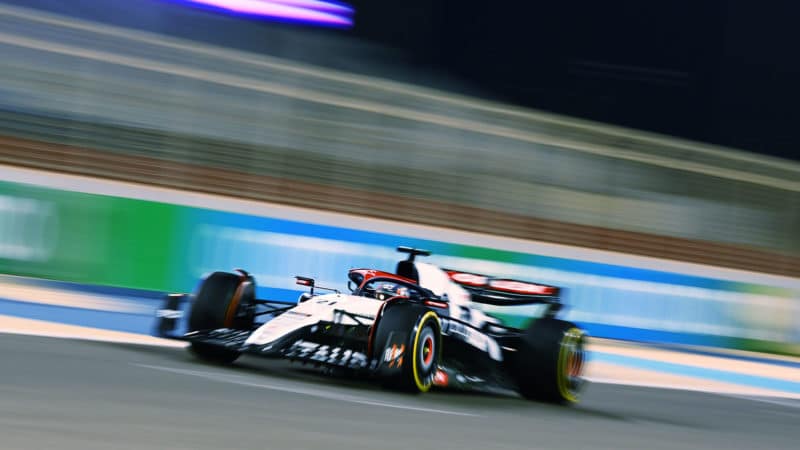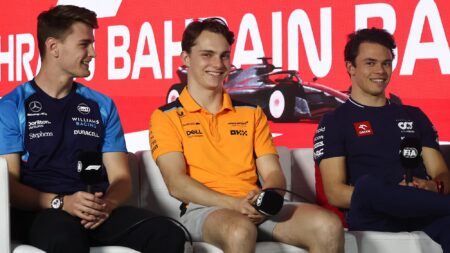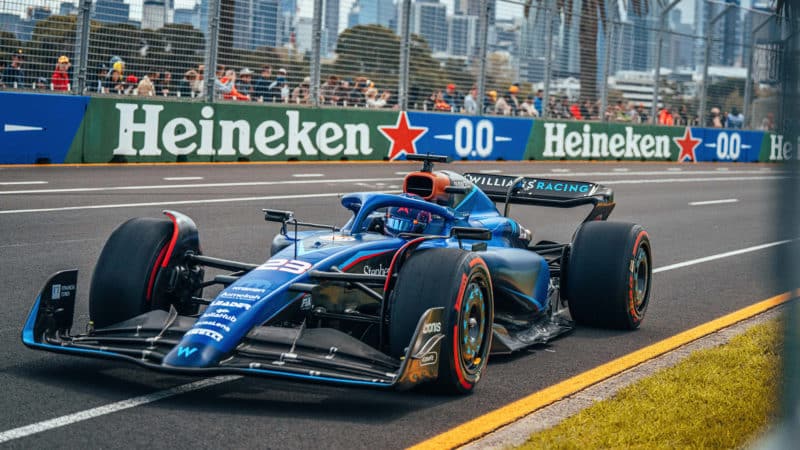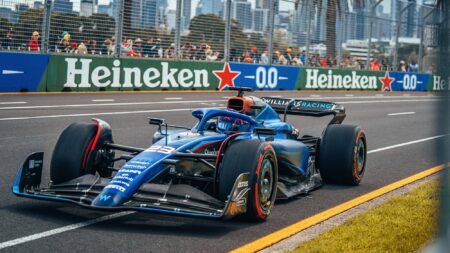The full impact of that won’t be seen for a while, and indeed Sanchez won’t even arrive until January 2024. Meanwhile the team has to find more speed from the MCL60, which in its current form is a very tricky car to drive. Much depends on the Baku package and the development steps that will follow.
“I think in terms of understanding the car, the picture is very clear,” says team principal Andrea Stella. “The picture is actually consistent with what we kind of expected right from the start, we knew that we didn’t have enough downforce on the car. And we knew that there’s more drag than ideal. And this has manifested itself in terms of lap time in the first three races.
“The improvement of car performance should start in Baku. It should affect an area of the car that I’ve been clear, I think from the presentation of the car, that we weren’t entirely happy with in terms of development. It’s just the first [iteration].
“We would expect definitely another major upgrade. It will be much more apparent, that is what somebody may call like kind of a B-spec car. And then we expect to have a further round of upgrades in the second part of the season after the shutdown.
“So we have three main steps: Baku, later on —I don’t want to commit to any date, but before shutdown — and then after shutdown. We hope that each of them will be able to provide a few tenths of a second.”
Alpine
• Alpine banking on out-developing its rivals
• Successive updates planned for Baku, then Miami a week later
• More pace to come from better set-up
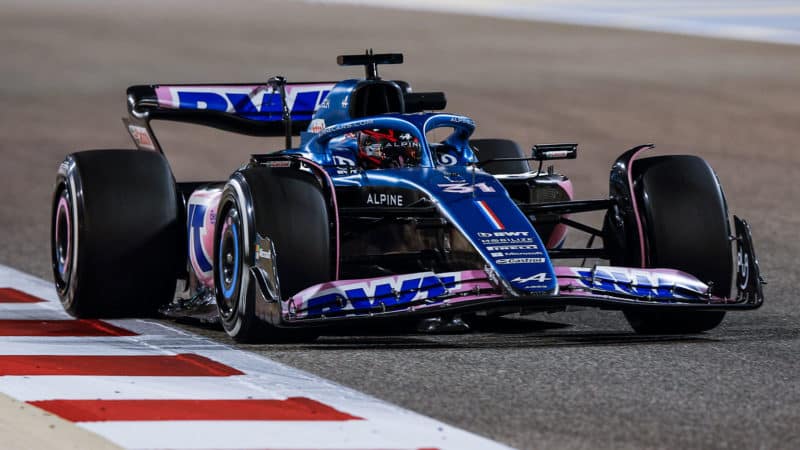
Alpine has not yet found 2022 levels of performance, but plans key developments
Getty Images
It’s been a largely frustrating start to the 2023 season for Alpine, with mistakes and misfortunes costing valuable points.
There have been signs of strong pace, with the team emerging as potentially the fifth fastest on the grid, and occasionally doing better than that.
Esteban Ocon’s season began badly in Bahrain, where he got a penalty for lining up wrongly on the grid, followed by others for an incorrect penalty stop (the team’s fault) and pitlane speeding (his fault) before he retired. His new team-mate Pierre Gasly somehow salvaged ninth place after starting from the back of the grid.
Seventh in qualifying for Ocon in Jeddah brought some encouragement, but in the race the two drivers couldn’t better eighth and ninth.
